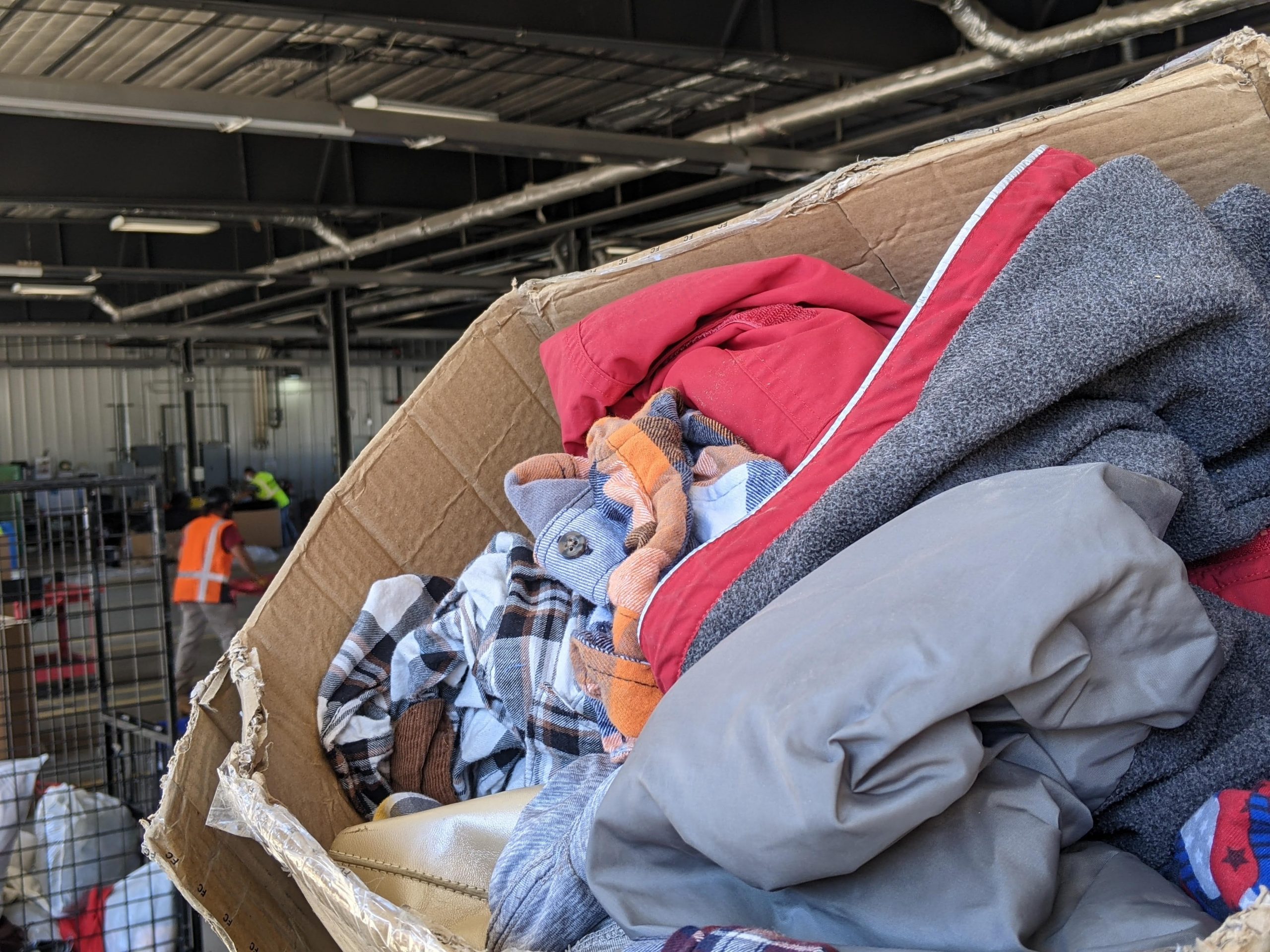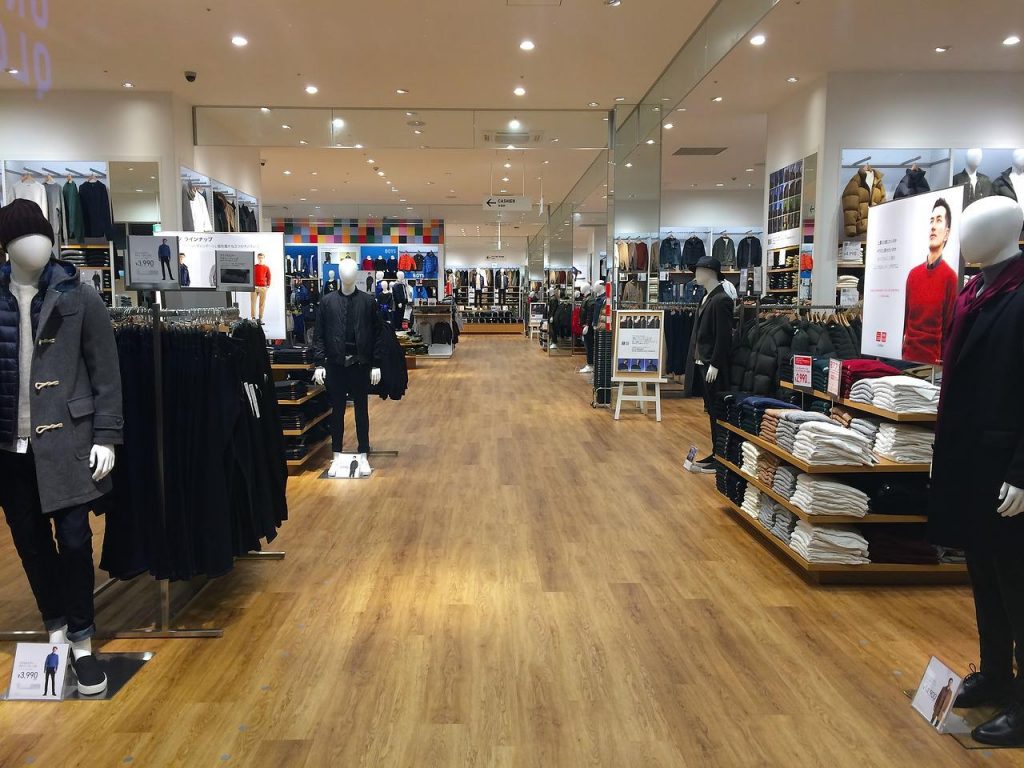
Dear Eartha, I have a bunch of clothing that isn’t in good enough shape to be donated but I don’t want to send it to the landfill. Are there options to recycle my ratty old clothes?
It’s that time of year when we look at our closets and get motivated to do some clearing out. I have a donation box ready to go myself. While there are many resources around the county for donating clothing, getting rid of too-torn-up or stained clothes isn’t as simple. Like you, I hesitate to throw clothes away because my conscience really doesn’t like the idea of adding more clothes to the landfill. The equivalent of a truckload of clothes is trashed every second, and, globally, more than 85% of our garments end up in landfills.
Right now, we buy 60% more than the average consumer did just 15 years ago. All of the cheap clothing rolling out by the rack-full is called “fast fashion.” Fast fashion leverages fashion trends and low-quality materials to produce inexpensive styles that everyone can access. This clothing comes at a cost to the environment, especially when clothing is made to last only until the next trend takes hold. Unfortunately, these clothes aren’t typically made from fabrics that can be recycled.
Consider the winter jacket hanging in your closet. It’s got a shell, zippers, buttons, an insulated lining, a brand label, a sizing tag, and more. Separating and collecting these individual pieces is a slow and labor-intensive process, making clothing recycling difficult and expensive. Because of these challenges, only 15% of clothing is recycled. Of that, less than 1% can be actually used to create new garments. The reality is that most clothes are downcycled into insulation before eventually being incinerated or landfilled.

Landfill waste isn’t the only problem with fast fashion. Significant resources go into making these clothes, too. In fact, Bloomberg reports that fashion is responsible for 10% of global greenhouse gas emissions — that’s more than international flights and shipping. Moreover, polyester is now the material of choice for textile production. Not only is it derived from oil, but it’s also a major source of microplastic pollution. What about water? Fashion is both a major water consumer and a contributor to water pollution. Is staying on fleek worth this global mess?
Sustainability in style
While it seems less expensive to buy a $5 shirt after it falls apart within a few washes, you’ll end up buying another $5 shirt, and then another and another. We might spend more upfront when we buy clothes from brands committed to quality and sustainability, but the clothes will last longer, saving money as well as the water and energy that goes into making those cheaper tees. Good on You, a website that rates the sustainability of clothing brands, is a good place to start when considering your next purchase. Thrifting and hosting clothing swaps are also fun ways to get new styles without contributing to more clothing waste in the world.
Another way to extend the life of your clothing is by repairing and repurposing it. The Japanese have a word to help them be less wasteful called “mottainai.” It can be translated as “don’t waste anything worthy.” We might think our crummy old clothes have no more worth, but here are some ideas to consider:
- Get crafty by turning beat-up clothing into new products like dog toys
- Learn to repair clothing in fun ways with embroidery and patches
- Turn socks with holes into rags
- Reserve ratty towels for wiping off a muddy dog or a muddy bike
- Upcycle T-shirts into pillowcases
- Use your sweat-stained workout tee for lubing your bike chain, dusting the garage or as a paint rag
Sew what?
Spending time repairing and repurposing old clothes is just one part of the solution. We must also prioritize putting our money where our values are by buying from brands with quality, sustainable and recyclable fabrics, and buying secondhand. Meaningfully tackling the environmental impacts of the fashion industry means changing our consumer habits and appreciating the clothes we have. What you are wearing right now took a lot of physical resources to make — don’t let that go to waste.
